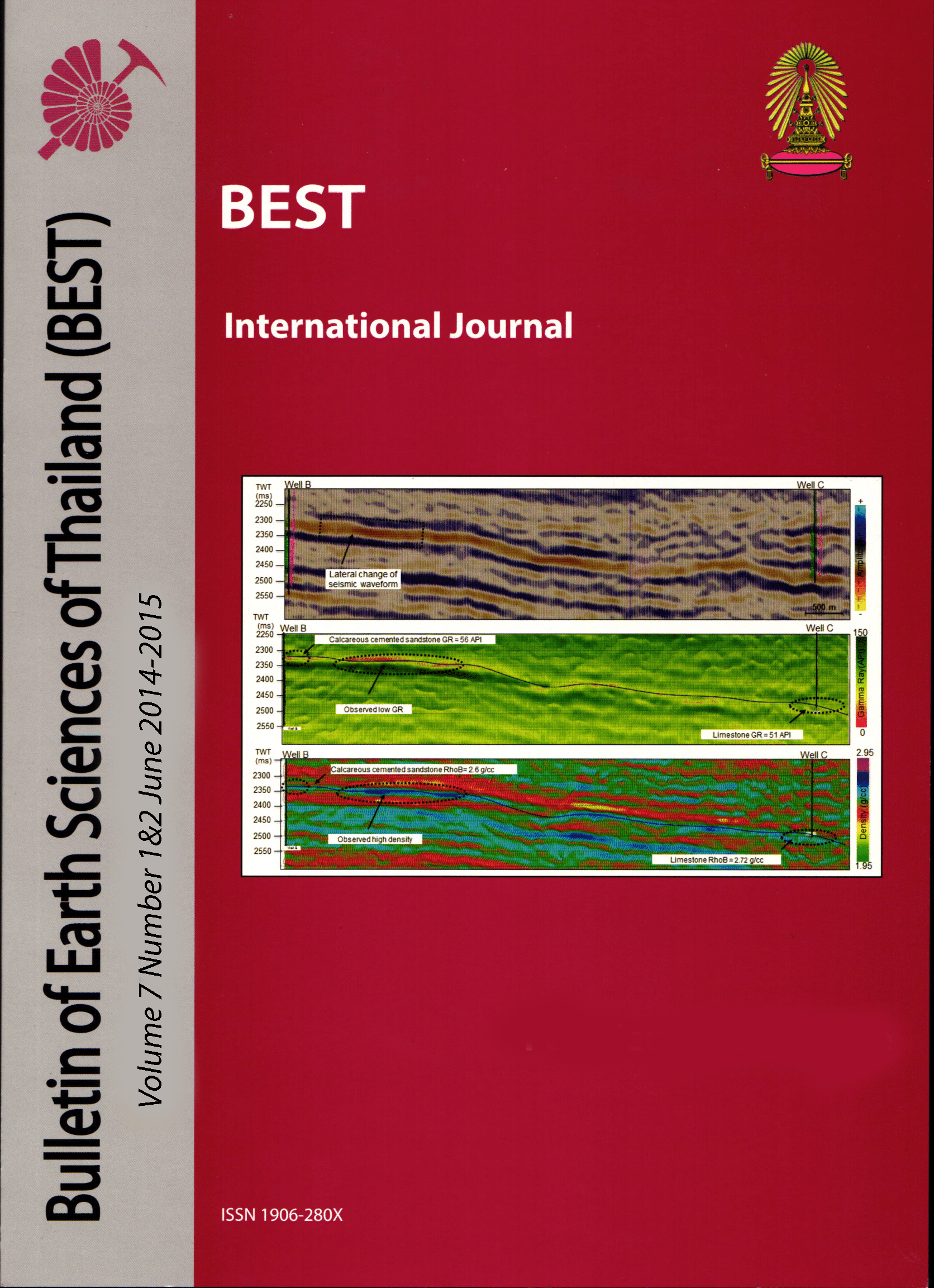Diagenetic controls on reservoir quality in the Shuaiba Formation of North Oman
Main Article Content
Abstract
The Shuaiba Formation and its equivalents are a prolific hydrocarbon reservoir across the Middle East and the unit is one of the main producers in the U.A.E. and Saudi Arabia, with lesser levels of production in Oman. In the northern part of the Sultanate of Oman, the Shuaiba Fm. can act as a reservoir, but so far, it is not of the same quality as where it constitutes reservoirs in the UAE. There, the Shuaiba Formation is the main producing interval in a number of giant fields. This study looks at why there is such a contrast in reservoir quality using an integrated combination of sedimentological core logs, thin section petrography, XRD analyses, and texture specific C-O isotope analyses.
A core-based study of 5 wells in Northern Oman shows the depositional setting is a combination of muddy poorer-quality sediments that are combinations of mid-ramp and lagoonal sediments and grainier better-quality wave-dominated sediments. Isotopic sampling across this depositional spectrum defines two covariant carbon-oxygen trends: 1) a burial trend defined by increasing fluid temperatures in later cements. This trend dominates the grainier units and is consistent with the burial trend first established in Cretaceous carbonates of Northern Oman by Pidnoi (2014) and; 2) an organic-mixing trend mainly found in wells with sediments deposited in the lagoon and mid ramp. The muddier sediments show isotope evidence of losing their permeability earlier in their burial to greater depths (exposed to warmer diagenetic fluids). Of the five wells considered, only two produce from the Shuaiba Fm and both these wells show evidence of late stage leaching with cements in partially-filled late stage vugs, with δ18OPBD values that are <-6‰ (warmer fluids). That is, the development of economic porosity and permeability in the Shuaiba of Northern Oman is a response to crossflows of a late-stage diagenetic burial fluids. Both isotopic trends seen in the various diagenetic textures in the Shuaiba of northern Oman have C-O plotfields that are different from plotfields of cements associated with reservoir porosity creation in the giant fields hosted in the Shuaiba Formation of the UAE. It seems the Shuaiba in northern Oman lacks isotopic evidence of the meteoric processes that was the key in the creation of new pore spaces and pathways that formed the excellent reservoirs in the U.A.E.
Article Details

This work is licensed under a Creative Commons Attribution-NonCommercial-NoDerivatives 4.0 International License.
Copyright © 2008 Department of Geology, Faculty of Science, Chulalongkorn University. Parts of an article can be photocopied or reproduced without prior written permission from the author(s), but due acknowledgments should be stated or cited accordingly.
References
Alsharhan, A. S., and A.C. Kendall, 1995, Facies variation, depositional setting and hydrocarbon potential of the Upper Cretaceous rock in the U.A.E.; Cretaceous Research, v.16, p.435-449.
Frost, S.H., Bliefnick D.,M and Harris, P.M., 1983, Deposition and porosity evolution of a Lower Cretaceous rudist buildups, Shu’aibaFormation of eastern Arabian Peninsula, in Harris, P.M., ed., Carbonate buildups:Society of Economic Paleontologists and Mineralogists Core Workshop 4, p. 381–410.
Lucia, F. J., 1992, Carbonate Reservoir Models: Facies, Diagenesis, and Flow Characterization: Part 6. Geological Methods, AAPG Special Volumes, p.269-274.
Pidnoi, J., 2014, Understanding the relationaship between depositional facies, diagenetic evolution and reservoir character in the Shauiba and Natih formations of North Oman.
Warren, J., C. K. Morley, T. Charoentitirat, I. Cartwright, P. Ampaiwan, P. Khositchaisri, M. Mirzaloo, and J. Yingyuen, 2014, Structural and fluid evolution of Saraburi Group sedimentary carbonates, central Thailand: A tectonically driven fluid system: Marine and Petroleum Geology, v. 55, p. 100-121.


